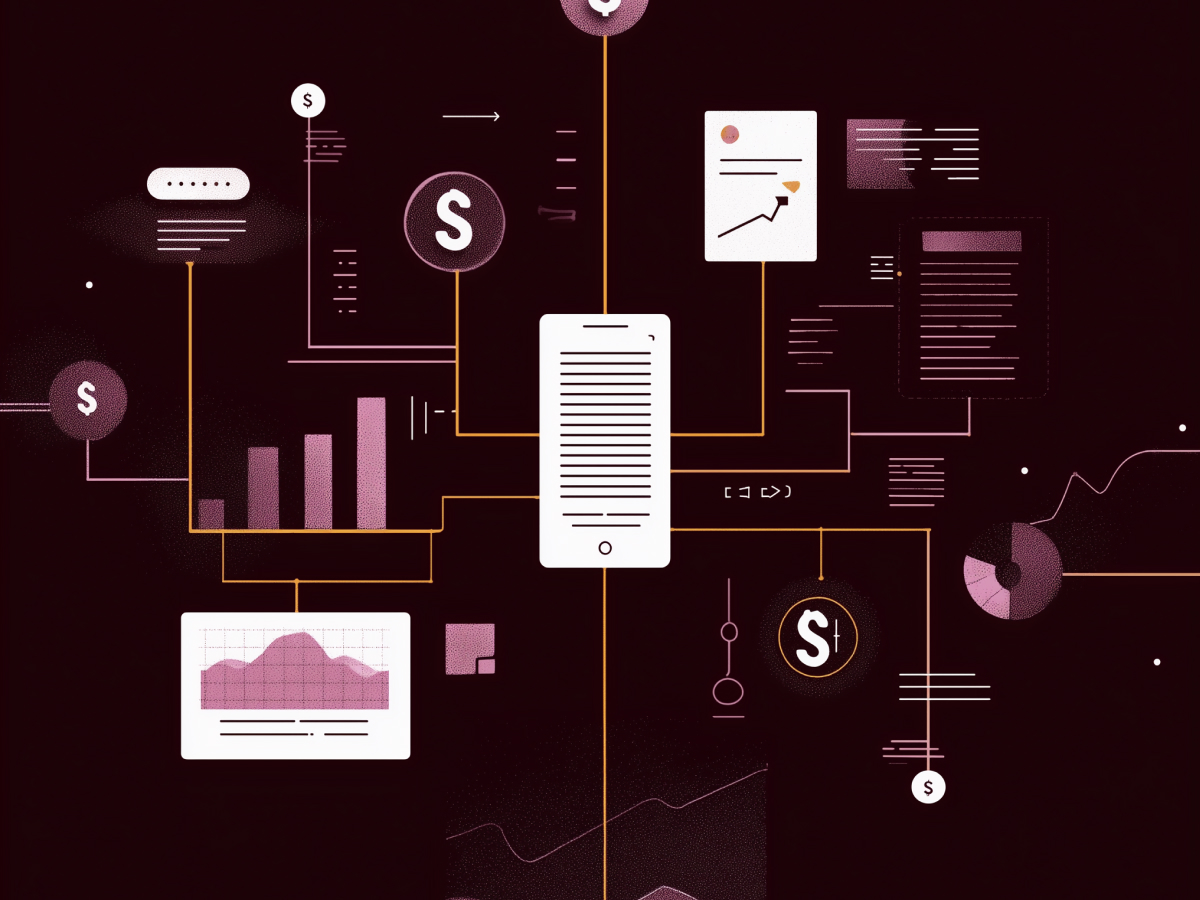Personalization efforts incur high martech costs with uncertain ROI
Too many companies pour money into marketing technology in pursuit of personalization. They’re doing it with good intent, customer experience matters. But here’s the problem: most organizations aren’t measuring the cost properly, and very few can connect these efforts to business results with confidence.
Gartner’s 2025 CMO Spend Survey shows where priorities sit. CMOs focusing on personalization allocate 25.4% of their total marketing budget to martech. That’s higher than the 21.8% for those placing less emphasis on personalization. Ambition is evident. But the same study signals trouble, 70% of marketers say measuring the return on these activities remains challenging. If you’re spending without seeing the value, you’re not running a business, you’re running a lab experiment without results.
The reality is that these technologies are expensive, not just in billings, but in time, people, and complexity. Personalization requires maintaining an ever-growing data pipeline, managing multichannel content delivery, and adapting technology to support constant iteration. None of that’s free. If you’re not capturing the full picture, including the labor and processes behind these systems, you can’t truly assess ROI.
This isn’t saying stop. But every CMO, CIO, and CEO should regularly ask: Are we doing personalization, or are we just paying for it? There’s a difference, and it shows up in your margins.
Unchecked campaign growth is driving unsustainable increases in operational costs
Across the board, marketing teams are producing more campaigns. The average number of campaigns increased 30% in 2024 compared to 2023. At this rate, we’re looking at a 10x increase in campaign volume by 2034. That’s a huge lift, and it’s not sustainable unless you change how you operate.
Here’s how this breaks down: more campaigns mean more assets, more data management, more coordination across systems. Each action involves labor and tooling. If everything remains manual, costs grow in parallel, or worse, faster. Marketers spend more time troubleshooting processes than generating impact.
This is the hidden drag. Every time you increase output without automation, you increase the load on your teams and systems. That might seem fine now, but it becomes a liability as you try to scale. It’s not just the cost of technology licenses. It’s the human effort, the engineers tweaking segments, the marketers aligning creative, the analysts waiting to extract reports. Eventually, the system stalls.
C-suite leaders need to see campaign volume growth for what it is: a scaling challenge. Technology must go from being a tool to being infrastructure. If you’re scaling manually, you’re building something that can’t keep pace with demand. And that’s an operational red flag.
Treating journey orchestration like a factory unlocks scalable personalization
If you want to scale personalization without creating chaos, make the process repeatable. Right now, too many marketing teams handle campaigns as isolated, creative tasks. That doesn’t work when speed, scale, and precision are required. You need a system that operates consistently across every function, from strategy to reporting.
Break personalization efforts into specific, measurable stages. Gartner outlines seven clear steps in multichannel marketing: strategy development, audience segmentation, journey configuration, content alignment, review and approval, execution, and data analytics. Each stage produces a concrete output that feeds the next. That’s how you build something reliable.
When you structure campaign orchestration as a production pipeline, two major gains happen. First, you improve predictability, teams understand what happens and when. Second, you reduce waste in labor, data handling, and cross-functional coordination. That has direct financial impact.
Leaders need to enable this mindset shift. Campaigns aren’t one-off projects, they’re operational functions. Treat them as such. Set up reliable systems, define every handoff, document the process, and track performance at each stage. Personalization at scale only works if your team can operate consistently under pressure. Without structure, scale breaks things.
Implementing a comprehensive cost model with activity-based costing is essential
Most marketing teams miscalculate what it actually costs to run a campaign. They track software tools but ignore what’s happening behind the curtain. Real costs include labor hours, data infrastructure, content builds, cross-device delivery, compliance reviews, and analytics work.
This is where activity-based costing matters. It forces a closer look at each component in campaign production, how much it costs to produce, configure, and deliver a single customer experience across multiple platforms. It’s not complicated in principle. Break down the tasks, attach the effort and tools required, quantify them per unit, and model cost projections accurately. From there, you can monitor efficiency and spot issues early.
Gartner’s data illustrates the spread. One straightforward, single-channel campaign targeting 1.4 million customers cost $6,240. More integrated campaigns, involving multichannel orchestration and digital ad activation, exceeded $56,464. But even with assumptions around click-through rates and conversions, the projected revenue landed at just $27,000. That’s not a scalable margin.
Business leaders can’t ignore numbers like that. Getting control over every cost layer in your marketing operation gives you the leverage to fix inefficiencies before they snowball. Activity-based costing doesn’t remove creativity, it adds clarity. And when campaign velocity increases, clarity is essential.
Labor is the primary cost driver and offers considerable potential for efficiency improvements
Too often, organizations focus on the cost of software tools and ignore the heavier cost, people. Labor is the most expensive resource in campaign execution. Every manual step, from configuring journeys to setting up data flows and QA testing, adds drag to operations. Unless you optimize the human side of your marketing machine, scale becomes expensive and unsustainable.
This isn’t about reducing headcount. It’s about working smarter. Upskilling existing teams and adopting intelligent assistants, including generative AI, creates efficiencies across the campaign lifecycle. GenAI tools can cut down the time spent creating content variations, audience configurations, and reporting insights. Paired with streamlined processes, they reduce the need for manual intervention at every stage.
C-level leaders shouldn’t defer this to IT or middle management. Labor inefficiency impacts margins and delivery speed. A bloated activation process not only wastes money, it slows down decision-making and reduces agility. If you want to get lean where it matters, start by mapping where human time is being lost and introduce AI enhancements where consistency and speed are needed most.
Most martech teams still underestimate cost implications tied to time. Fix that and you unlock better return on effort, right away.
The shift to consumption-based pricing models introduces increased cost unpredictability
Martech vendors are moving away from fixed licensing models. The standard now is consumption-based pricing. That means you’re charged for what you use, predictive models run, prompts requested, campaigns launched. And the costs stack up fast if you aren’t tracking usage closely.
In theory, this model lowers entry barriers and makes pricing more flexible. In practice, 34% of marketing teams recently surveyed by Gartner reported being hit with extra charges they didn’t expect. That’s a problem for anyone managing budgets. With traditional licenses, costs were predictable. Under consumption-based agreements, every action is a billable event. That includes AI-supported tasks, journey creation, and even A/B test activations.
If you don’t understand the true unit cost of campaign activity, there’s no way to control spend under this pricing structure. Run enough campaigns without discipline, and expenses rise faster than impact. The financial model shifts control toward vendors unless you build internal visibility over what you’re consuming, why, and what it delivers.
Executives need tighter controls here. Push vendors for transparency. Implement internal monitoring to break down cost drivers by task. This isn’t a vendor problem, it’s a leadership responsibility. Knowing your usage and what you’re getting in return protects the value of your entire stack.
A deep understanding of unit economics is crucial for ensuring sustainable personalization strategies
Personalization only creates value if the outcomes outweigh the inputs. That’s the threshold. Many marketing teams misjudge this balance by focusing on engagement metrics or conversion lifts without understanding what it actually costs to get there. When you scale without visibility into unit economics, your best-performing campaigns could still be losing money.
Unit economics means tracking the real cost to deliver one personalized experience, across every channel, touchpoint, and customer segment. This includes labor, content development, technology fees, and media costs. When those are broken out per action or transaction, you see the full picture: what you’re spending versus what you’re earning. Most teams don’t do this, and that’s where risk builds.
Gartner data makes the issue clear. One multichannel campaign cost over $56,464 to execute. Estimated impact? Just $27,000 in revenue. That’s a negative return even after generous assumptions on clickthroughs and conversions. Now multiply that across dozens of campaigns a month, and the financial burden becomes systemic.
This isn’t about halting innovation. It’s about informed scale. CMOs and CFOs need a shared view of marketing performance tied to actual costs. If personalization is part of the growth strategy, and in most companies it is, tracking per-unit return becomes a leadership priority. Anything else is guessing.
You don’t need perfect data from day one. Start with directional inputs, pressure-test results, and build refinement into the process. The goal isn’t precision, it’s control. The faster you understand unit cost per outcome, the faster you can double down on what works and cut what doesn’t. That’s how you avoid waste and drive real impact.
Recap
Personalization isn’t going away, it’s expected. But if you’re scaling it without understanding the costs, you’re putting pressure on your margins without guaranteed return. That’s not innovation. That’s a financial liability waiting to surface.
The path forward isn’t about spending more. It’s about running smarter. Treat journey orchestration as a system, not a set of disconnected tasks. Measure every step. Know your unit costs. Pressure-test assumptions on value. And fix labor inefficiencies before they compound.
Executives need to own this shift. Cost clarity, operational discipline, and strategic focus are what make personalization work at scale. Without that, every campaign risks becoming just another number in a bloated marketing budget.





